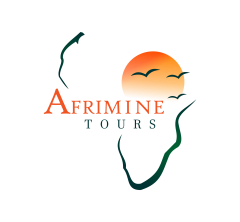Conquering the Roof of Africa
My Kilimanjaro Climb via the Marangu Route
To the Roof of Africa
Rising majestically from the plains of Tanzania, Mount Kilimanjaro is the highest free-standing mountain in the world and the tallest peak in Africa at 5.895 meters. Known as the Roof of Africa, this dormant volcano is more than just a mountain – it’s a journey through five distinct climate zones, from tropical rainforest to alpine desert, ending at its iconic snow-capped summit.
Among its several trekking routes, the Marangu Route – often called the Coca-Cola Route – is unique because it offers hut accommodations instead of tents. That little touch of comfort, paired with the incredible landscapes, made it the perfect choice for my climb. What follows is my personal story of how I prepared, trekked, and finally stood at the top of Africa.
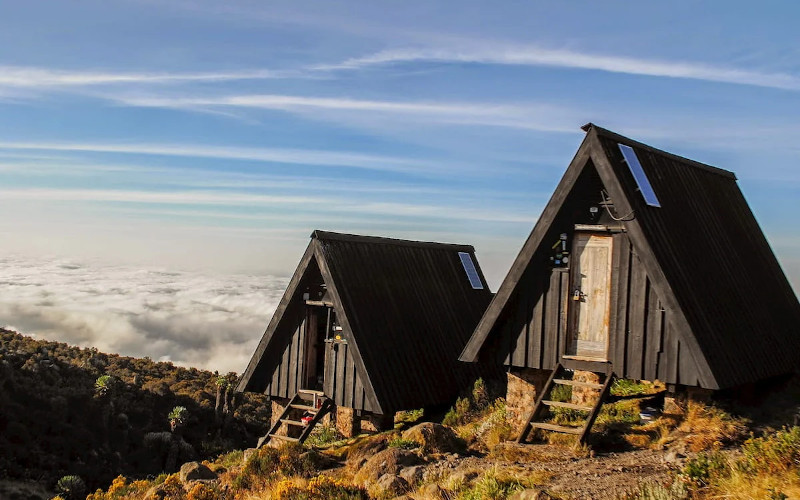
Preparation – Body & Gear
Months before the trek, I focused on building endurance: long hikes with a weighted backpack, interval runs, and steady cardio training. Kilimanjaro is not about speed but about stamina – moving slowly and giving the body time to adapt to altitude.
My packing list was all about layers:
- Lightweight clothing for the hot rainforest,
- Insulating layers and thermals for the cold summit nights,
- Rain jacket and gaiters,Gloves, hat, and trekking poles,
- Headlamp and extra snacks for energy,
- A camera and journal to capture memories
Porters carried the heavy gear, while I hiked with just a daypack – water, essentials, and my camera always within reach.
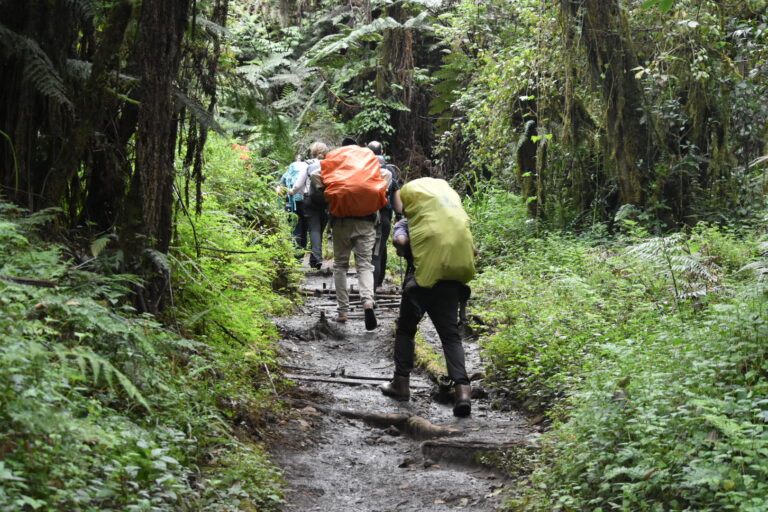
Day 1 – Marangu Gate (1.860 m) to Mandara Huts (2.700 m)
The adventure began at Marangu Gate, where permits were stamped, backpacks adjusted, and excitement was high. The trail led straight into the lush rainforest, alive with exotic birds and black-and-white colobus monkeys leaping between branches.
By afternoon, we arrived at Mandara Huts – simple wooden cabins nestled in the forest. Over a hot dinner and shared stories with fellow trekkers, I felt the first taste of mountain camaraderie.
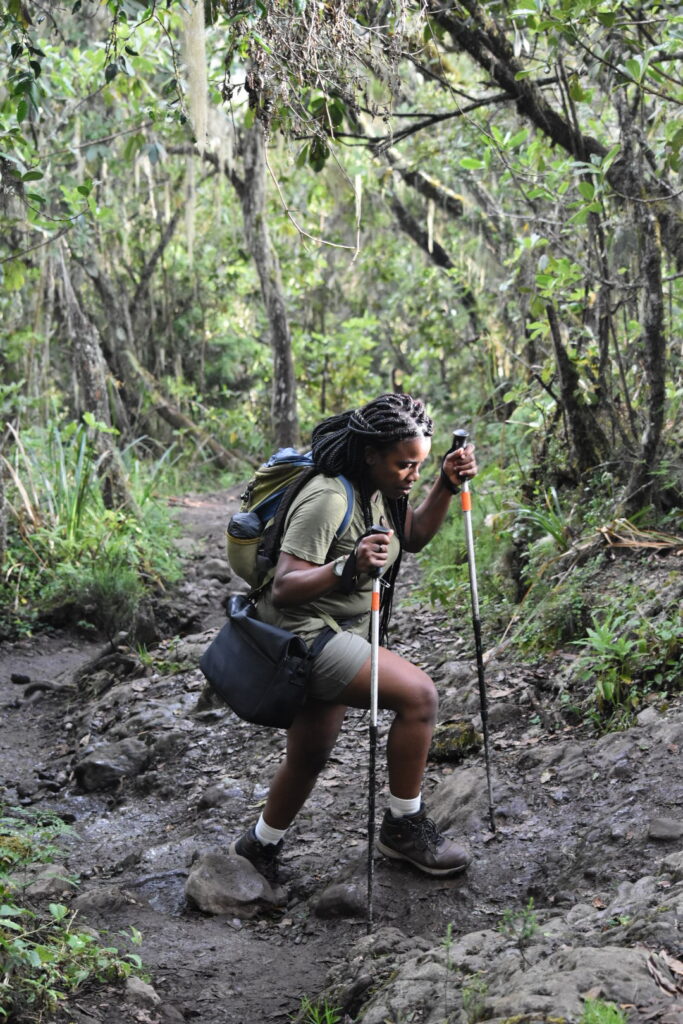
Day 2 – Mandara Huts to Horombo Huts (3.720 m)
This day was longer and more demanding. The dense forest gave way to moorland, where giant lobelias and surreal senecios stood like guardians of the trail.
After nearly six hours of steady climbing, we reached the Horombo Huts, perched high with sweeping views. For the first time, I saw the snow-capped Kibo summit in the distance – beautiful, intimidating, and waiting for us.
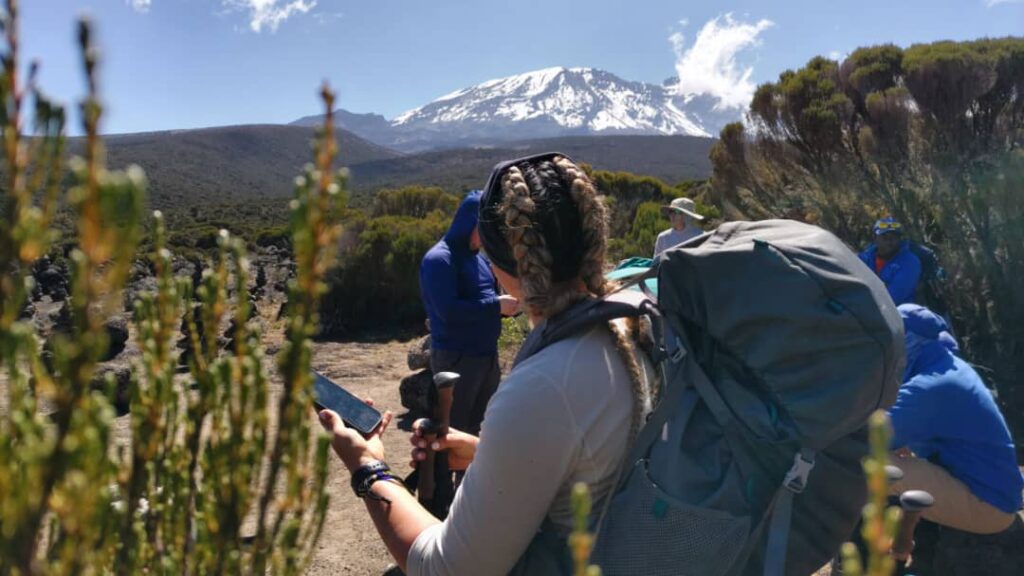
Day 3 – Horombo Huts to Kibo Hut (4.700 m)
The landscape changed again, turning into a rocky alpine desert. Vegetation disappeared, the air thinned, and every step reminded me of the growing altitude.
We arrived at Kibo Hut, our basecamp before the summit push. Gear was checked, layers were prepared, and dinner was eaten early. Sleep was restless – anticipation kept me awake more than the thin air.
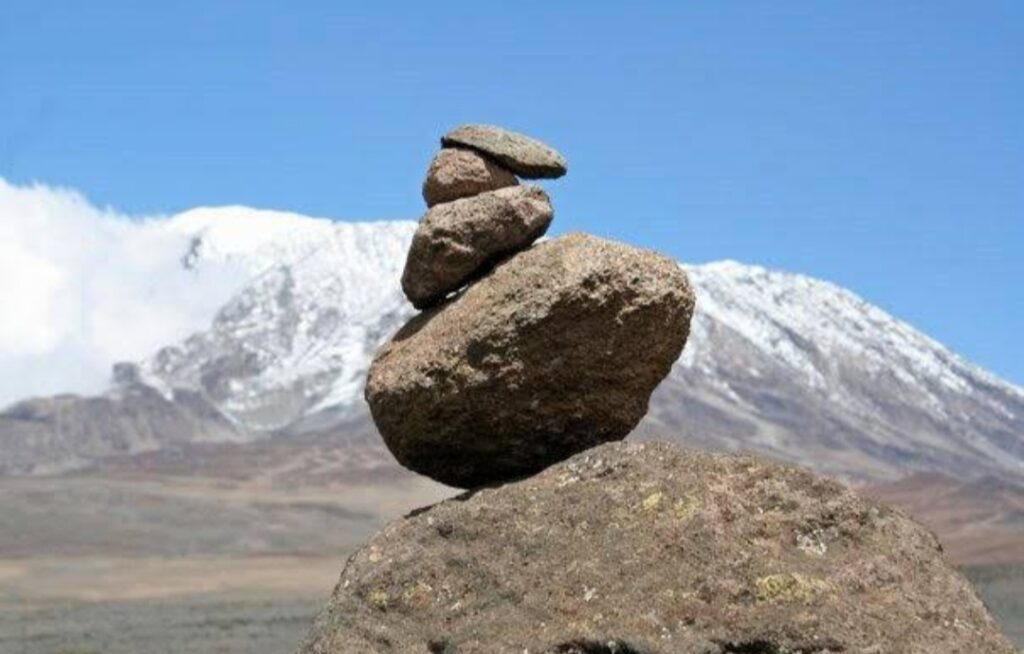
Day 4 – Summit Day!
Kibo Hut to Uhuru Peak (5.895 m) and back to Horombo
At midnight, under a blanket of stars, we began the final ascent. Headlamps glowed in a zigzag line up the mountain. It was freezing cold, the trail steep, and breathing heavy. The mantra was constant: pole, pole – slowly, slowly.
After hours of grinding steps, we reached Gilman’s Point (5.685 m) on the crater rim just as the horizon began to glow. The last push to Uhuru Peak was tough, but when the sun finally rose over the sea of clouds, the world felt infinite.
Standing at 5.895 m, on the Roof of Africa, I felt overwhelmed – proud, exhausted, and deeply moved. It was more than reaching a summit; it was fulfilling a dream.
The descent back to Horombo Huts was long and tiring, but every step was filled with a quiet sense of triumph.
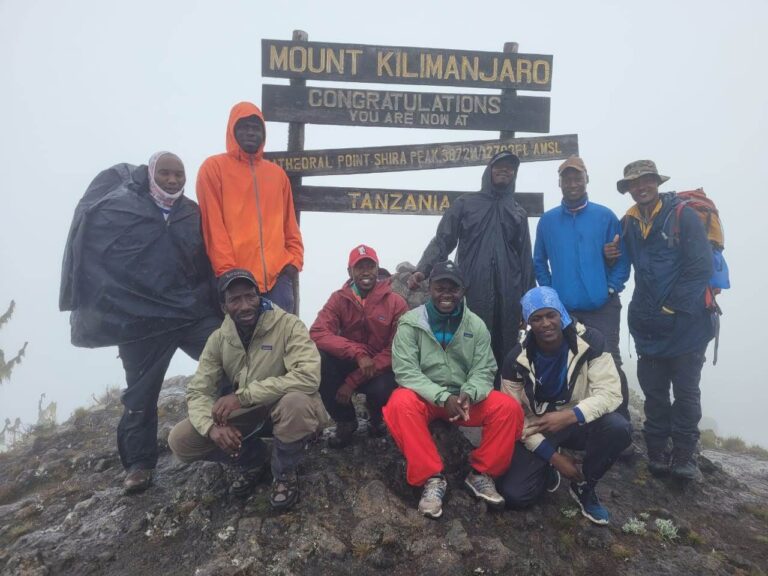
Day 5 – Horombo to Marangu Gate
The final stretch felt like walking through the mountain’s story in reverse: from alpine desert back to heather, then rainforest alive with birdsong again.
At the Marangu Gate, I received my certificate of achievement – a simple piece of paper that meant everything. It marked the end of the hardest, most rewarding journey of my life.
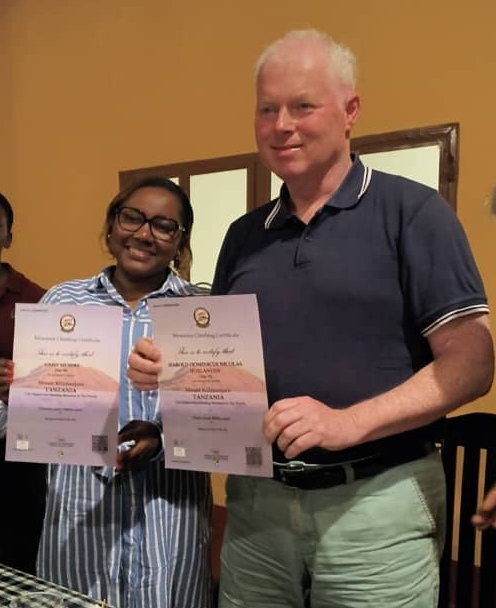
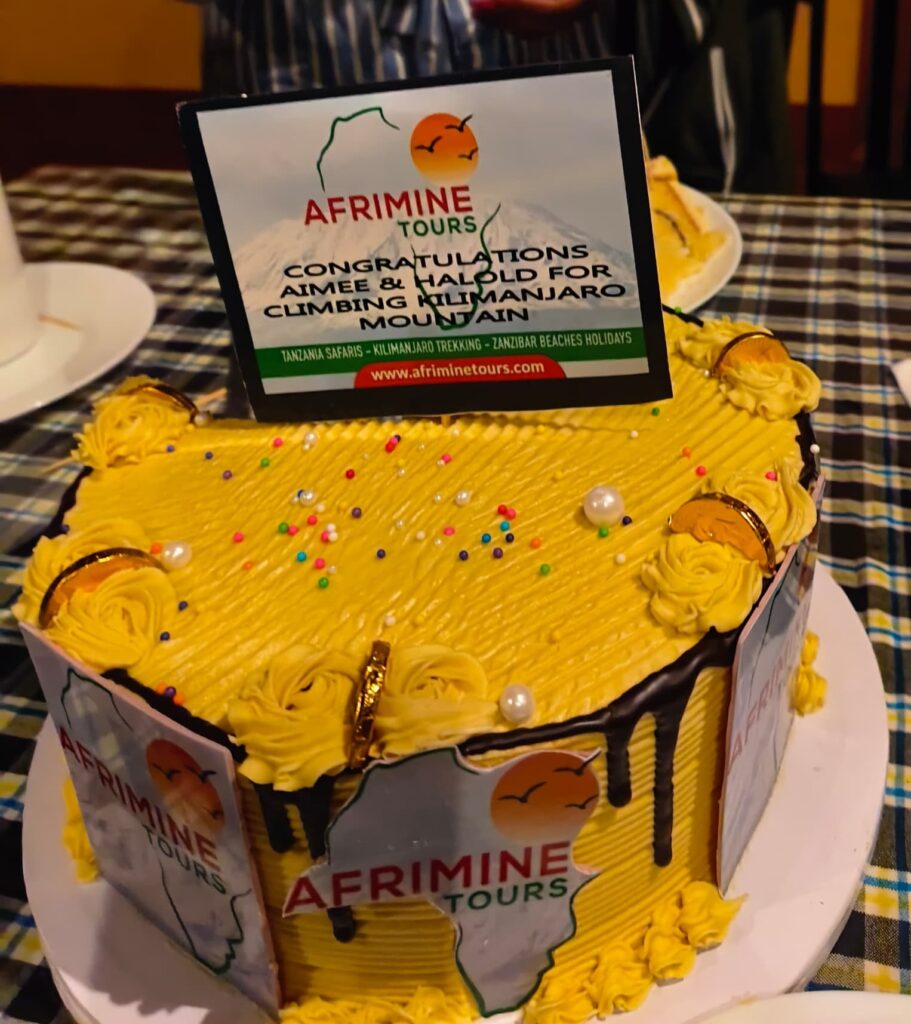
Practical Tips for Future Climbers
Best season: January–March and June–October (the dry seasons).
Fitness level: Strong legs and endurance are more important than speed. Mental strength is key.
Pack in layers: Temperatures swing from hot rainforest to below freezing at the summit.
Hydration & pace: Drink plenty of water, walk slowly, and listen to your guides.
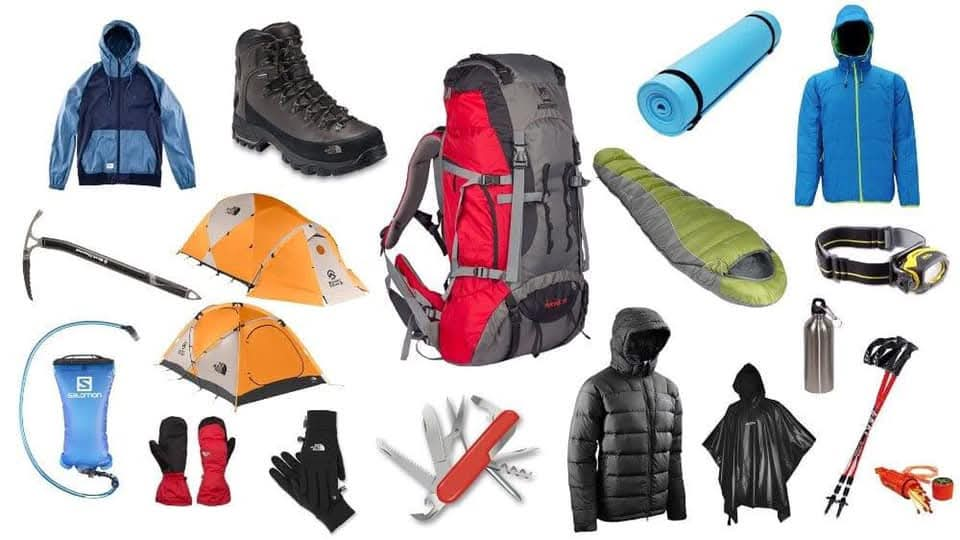
Final Thoughts
The Marangu Route gave me everything: the changing beauty of Kilimanjaro’s landscapes, the challenge of altitude, the warmth of mountain huts, and the unforgettable reward of reaching the summit.
And none of this would have been possible without Afrimine Tours. From the skilled guides to the caring porters and flawless organization, they made this journey safe, memorable, and truly the best adventure of my life.
Asante sana!
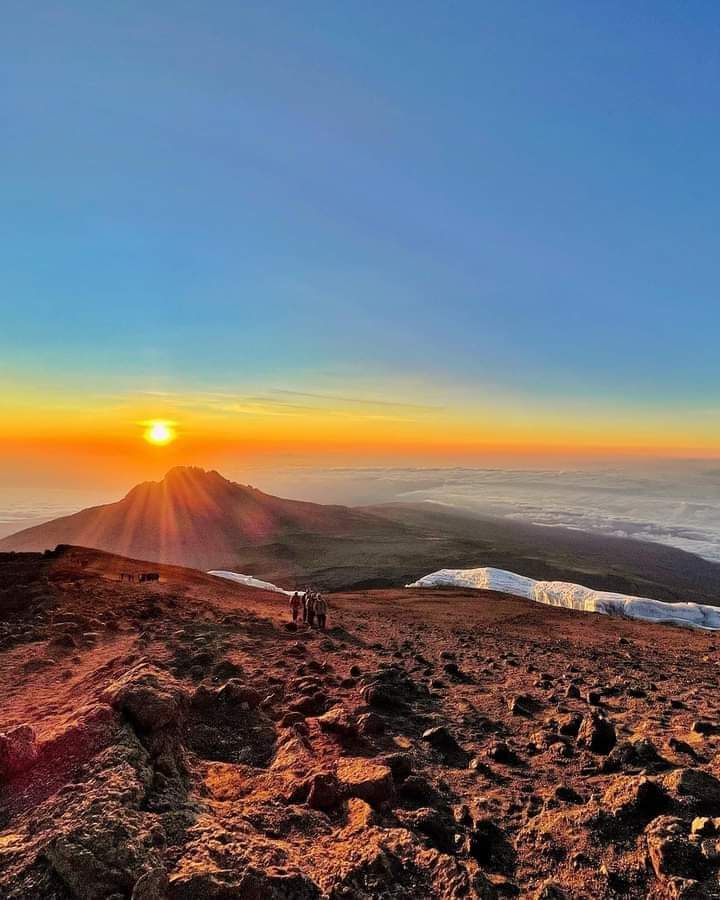
The Spirit of the Mountain – Songs & Encouragement
One of the most unforgettable parts of the climb wasn’t just the landscapes, but the energy of the team. From the very first day, the porters and guides filled the trail with song – the most famous being ‘Jambo Bwana’, a cheerful Swahili welcome song that instantly lifted our spirits.
As we hiked higher, their voices echoed through the forest and moorland, creating rhythm and motivation. Even when fatigue set in, the songs reminded us we weren’t alone – we were part of something bigger.
On the steep ascent toward the summit, the words changed into simple, powerful chants:
‘Pole, pole… hakuna matata… Kilimanjaro, hakuna shida!’
(Slowly, slowly… no worries… Kilimanjaro, no problem!)
Those repeated phrases became like a heartbeat, carrying us step by step when our legs were heavy and the air was thin. The music and encouragement of the guides weren’t just background – they were the fuel that kept us moving forward until we stood at the top of Africa.
Mount Kilimanjaro Song – Swahili Lyrics
Jambo! Jambo bwana! Habari gani? Mzuri sana!
Wageni, mwakaribishwa! Kilimanjaro? Hakuna matata! Tembea pole pole. Hakuna matata! Utafika salama. Hakuna matata!Kunywa maji mengi. Hakuna matata! Kilimanjaro, Kilimanjaro, Kilimanjaro, mlima mrefu sana. Na Mawenzi, na Mawenzi, Na Mawenzi, mlima mrefu sana. Ewe nyoka, ewe nyoka! Ewe nyoka, mbona waninzunguka. Wanizunguka, wanizunguka, Wanizunguka wataka kunila nyama
Mount Kilimanjaro Song – English Lyrics
Hello! Hello sir! How are you? Very well!
Guests, you are welcome! Kilimanjaro? No trouble! Walk slowly, slowly. No trouble! You’ll get there safe. No trouble! Drink plenty of water. No trouble! Kilimanjaro! Kilimanjaro! Kilimanjaro, such a high mountain. Also Mawenzi, also Mawenzi! Also Mawenzi such a high mountain. Like a snake, like a snake! Like a snake you wrap around me. You wrap around me, you wrap around me. Trying to eat me like a piece of meat
